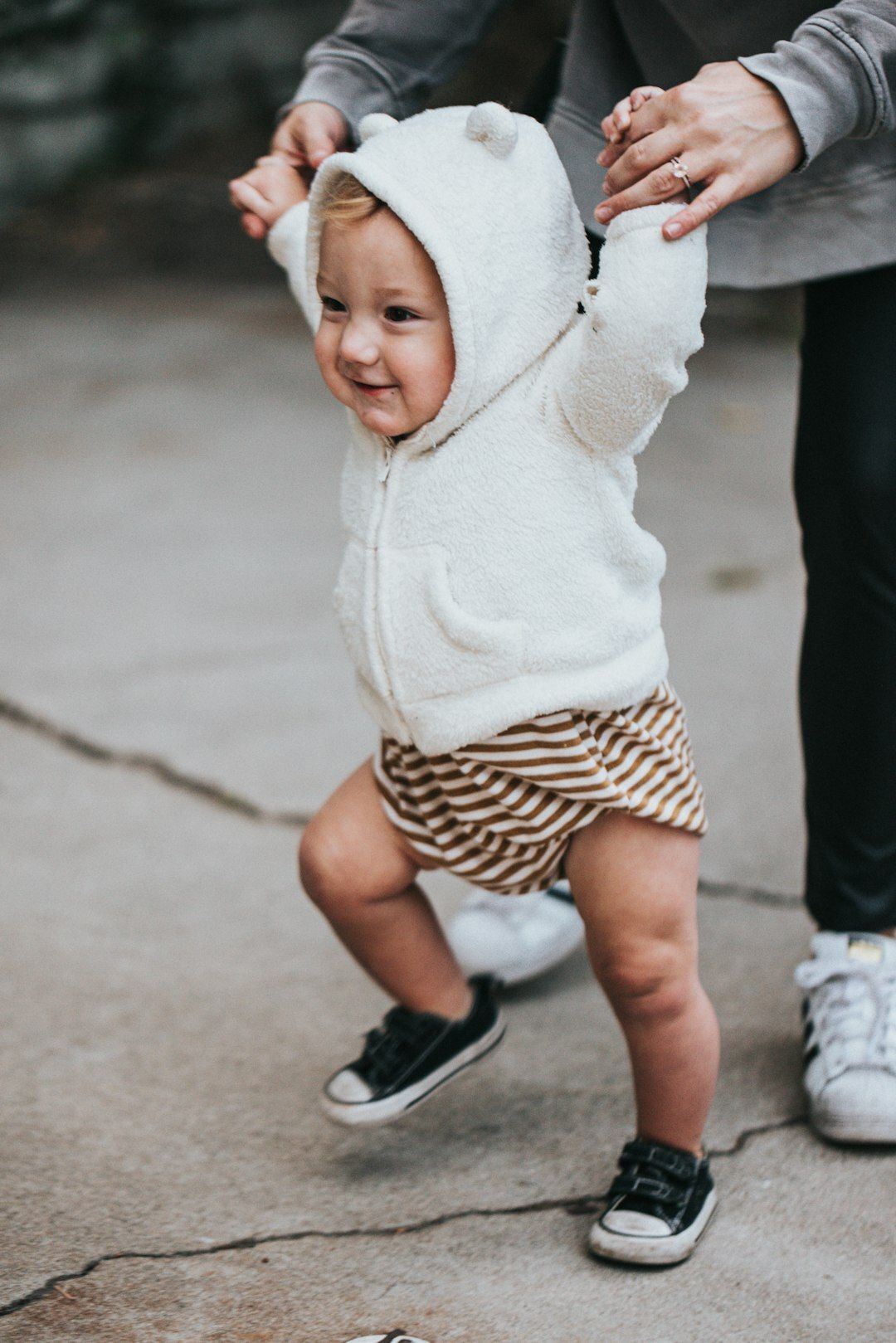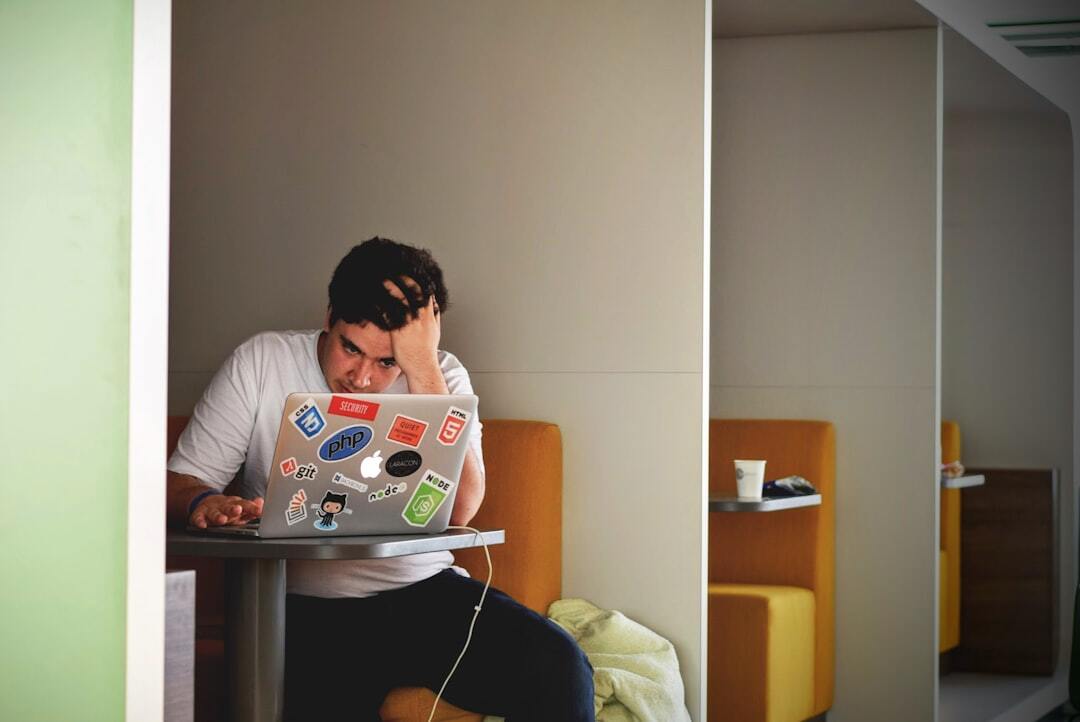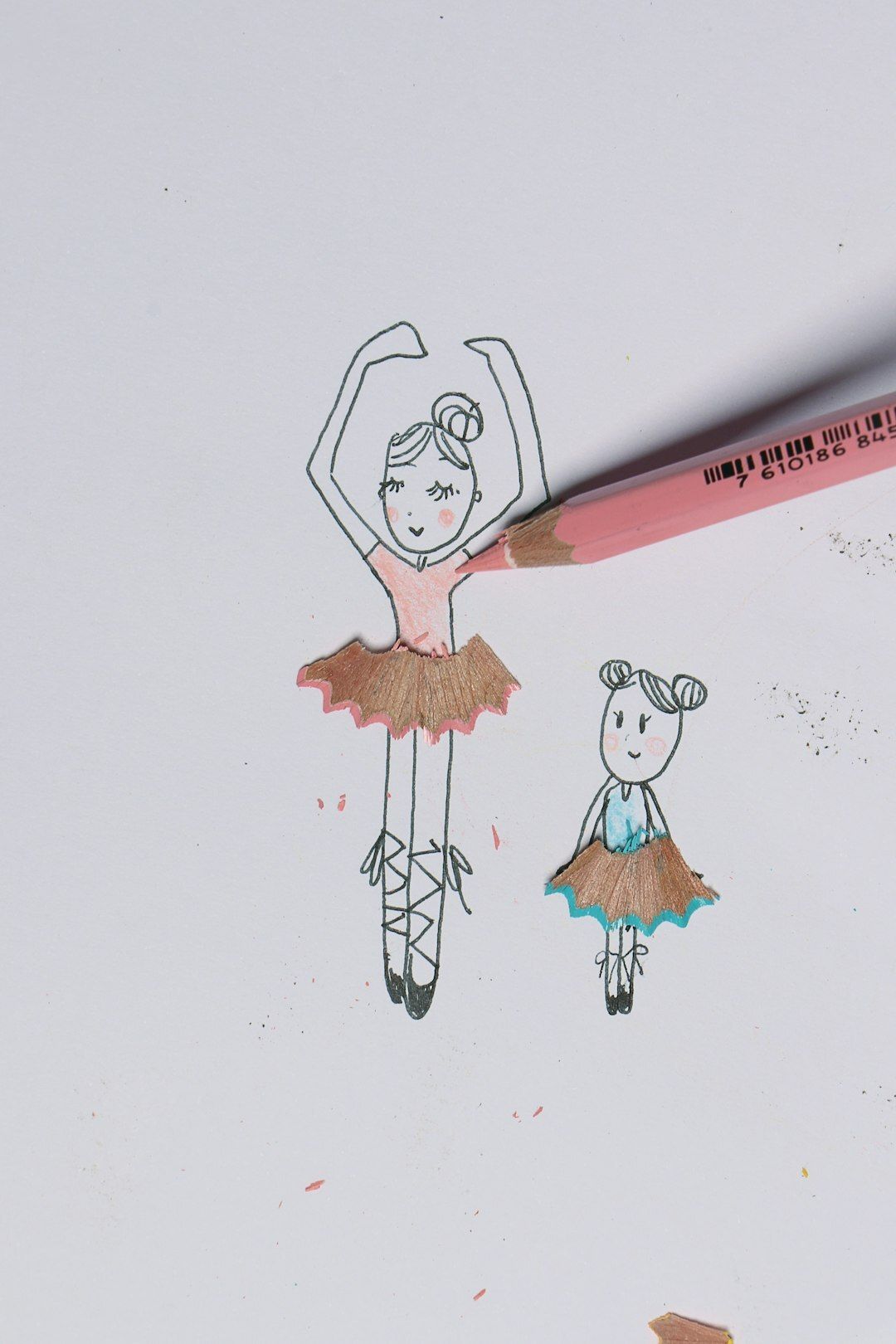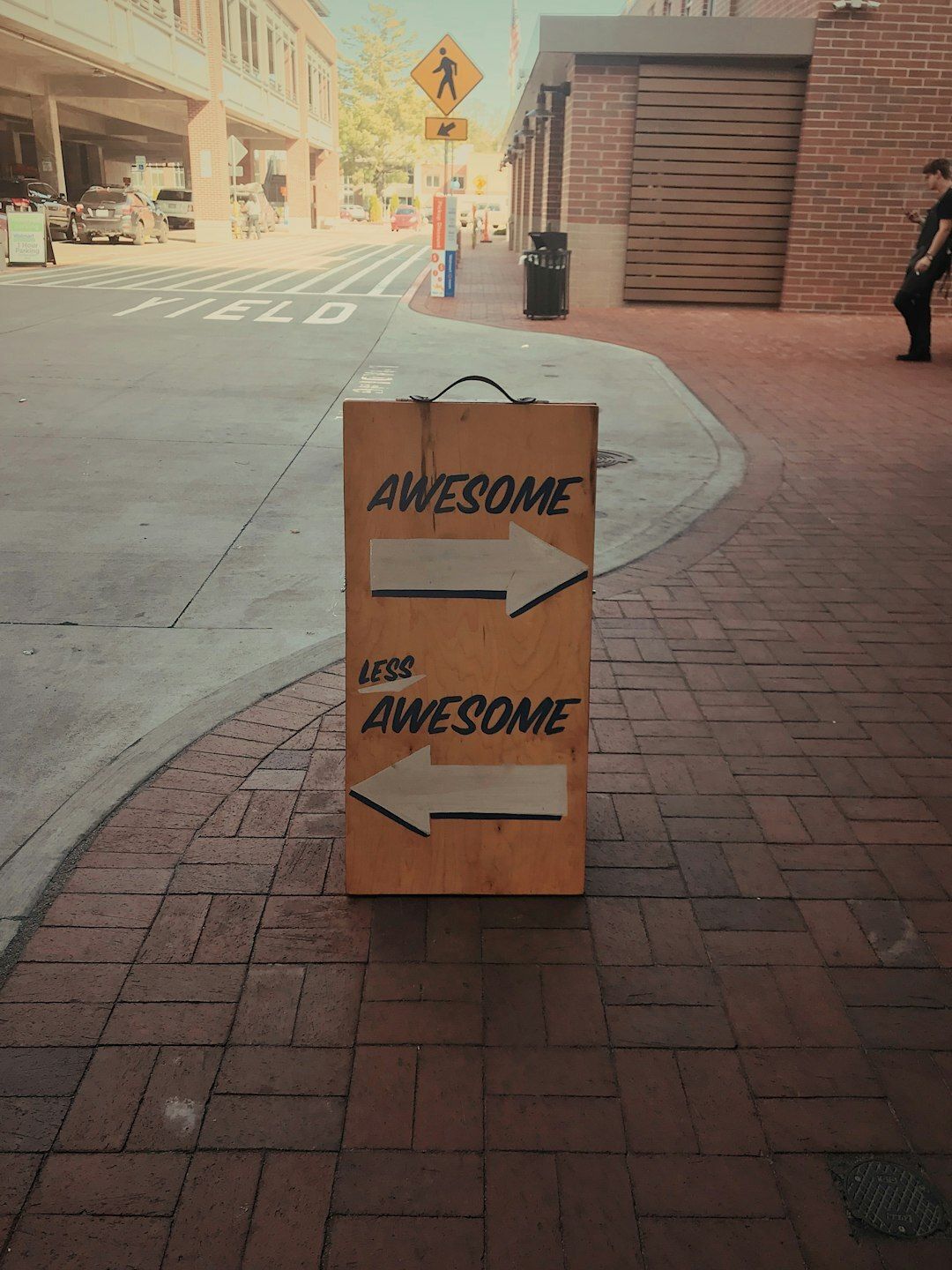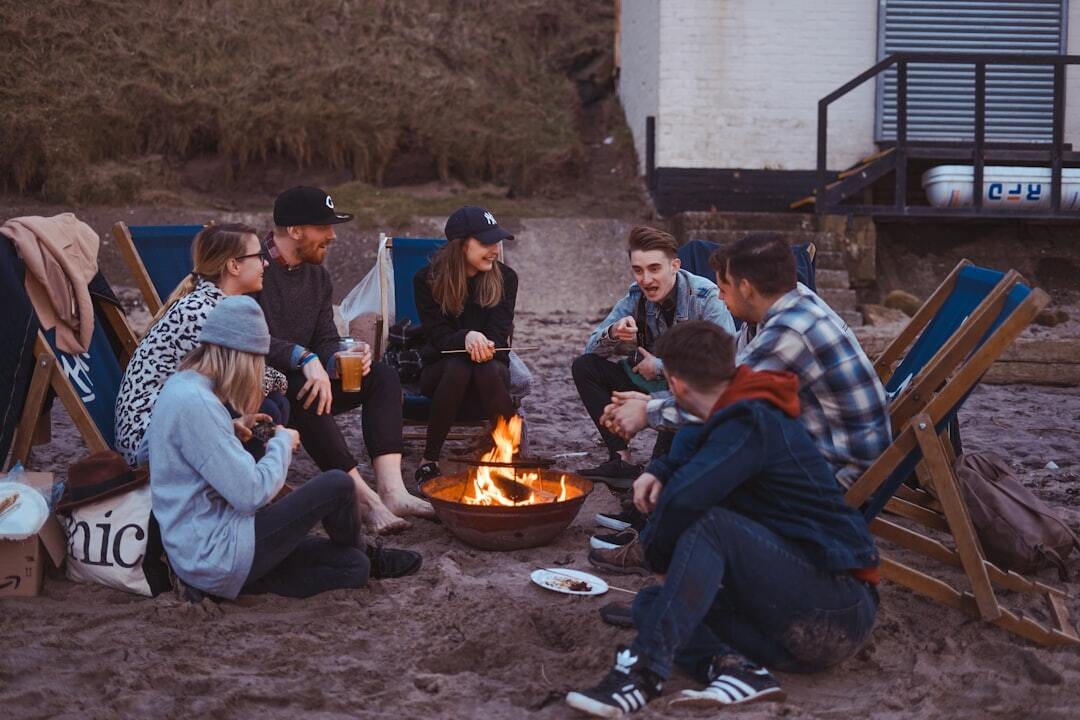- Spencer Magnusson's Newsletter
- Posts
- Confidence and Toddlers
Confidence and Toddlers
How learning to walk taught me motivation
A Parable, of Sorts
My toddler is finally getting confidence to walking without us holding both hands.
At first, she doesn’t even bother walking and just crawls. Once we started holding her hands, she’d slowly walk for a few steps before wanting to be let down. It took time, and seeing us walk gave her the desire to do it more. Soon she’d try to run while we held her hands.
But her confidence was low. She did have some falls, who doesn’t? But I worry they may have scared her for a while.
Until she started going to the church nursery, an hour-long daycare. Seeing kids her age run around without a care in the world definitely gave her a social pressure; perhaps even a temporary discouragement.
But my parents told me this: younger siblings tend to walk and speak faster than older siblings, often to keep up with other kids. I had an uncle who was late walking; his mother worried, only to find him one morning just walking around without a prompting.
Every once in a while, we’d see my toddler’s potential. While inspecting something she found on a shelf, we’d find her not holding onto anything for a few seconds.
I would also (un)intentionally put her in new situations. I’d tickle her, play with her, throwing her into a mound of pillows and blankets. In the words of John Mulaney, I had “thrown her off her rhythm.”
While not directly related, she became more confident trying new and uncomfortable things. She starts walking with us, only holding one of her hands, even taking a few steps without any help.
Far from perfect. But she’s getting the hang of it.
Everything I Learned, I Learned From Walking
While I assume few of my readers are parents, I hope you connect with this parable beyond that. With your path in growing new skills, trying various artistic mediums and techniques.
Seeing a child grow has been so fulfilling. Parenting gives so many insights. Not just in how tiny steps are real progress, but also what really builds confidence and the importance of feedback.
Starting with the Basics
While slightly before my time, The Karate Kid epitomized the importance of learning the basics. “Wax on, wax off” may seem mundane. But it also gives the protagonist the physical rigor and mental preparation for the actual karate he will learn.
I’ve seen artists bemoan the thought of “having” to make a 3D donut. Or sculpting a human face. Or UV unwrapping a prop.
A toddler that starts with running will just end up falling on their face. They have to crawl. Then prop themselves up on tables. Then walk assisted. And so on. Then they can always have something to practice further if the next step seems too daunting.
This type of learning doesn’t end with adolescence; I hope you understand that. We’re all, in a very meta way, learning to “crawl” then “stand” then “walk” with our jobs, social lives, and relationships.
Be okay with continuous learning. You’ll get to the fun artworks and productions, I promise. Just let yourself learn to get there, and learn more after that.
And believe you can get there. Believe in the skills you already have.
Building Confidence
You’re really not going to like how to get more confidence though…
Failure.
Yes, really. My toddler had to fall to know her limits, how to detect a potential fall and catch herself, in the words of Batman Begins: “so she can learn to pick herself up.”
But there are ways to make failure more comfortable.
One key way is to facilitate it in a safe, low-risk environment. Our baby contagiously laughs after falling ... as long as it's straight into a thick pillow or blanket. The tickle fights, the safe “roughhousing” (such a weird term, but it’s correct here) helps her know there’s ways of trying without face-planting onto concrete and causing long-lasting pain.
So what are safe, low-risk (and potentially fun) ways to learn as an artist?
Keep projects small and quick. If you end up hating it, you can at least end it quickly while still having a final product.
If I have/want/need a year-long project, I try not to overwhelm yourself with high pressure or a ridiculous ambitions or deadlines.
“Doodling” instead of high-quality portfolio pieces. It turns the high-pressure notion of making only portfolio-worthy pieces into a fun tangent that never lasts more than a sitting. Plus, generating a high volume of work is easier with this. Especially if you can do it with others.
Avoid fear-based motivation. Some artists prefer more punishing incentives: “If I don’t get X likes on my artwork by the end of the month, I give $1000 to my ex.” (yes, that’s a joke, but I’ve seen similar ones online) Those can work. But that doesn’t mean it’s ideal. I worry about incentivizing with fear as opposed to confidence. Don’t scare yourself away from failure. Rather, get so comfortable with failure that you can only be confident as you pass through it.
Social media can facilitate this when used well, with the right people. I started sharing my art online (Google+, RIP) where few were even active, so I got comfortable with the process of creating and sharing with a small crowd.
Social media has certainly evolved to be harsher with the sheer volume of engagement online (or lack thereof). If a social media platform or community doesn't feel safe or "low risk" to you, then don't bother. But I highly encourage sharing with someone, so you can get …
Constructive Feedback
Recently, someone commented on my recent render challenge submission and said, “Good concept. Tho definitely need to work on lighting and composition”.
Like many artists, I checked their profile to see if their words match their artistic prowess. They had made some VFX … that could also use better lighting and composition. Can’t learn from them by example, at least.
And yet. Their criticism was correct.
I firmly believe the correctness of a criticism is independent of its source. Someone who has never drawn a human face before can rightfully say my character’s face looks uncanny. Many non-artists have enough of a taste to tell when things are off.
They may over-articulate it into something incorrect (“the nose is too big”) or propose the wrong solution (“could you make her nose small and skinny? Like that one actress…”), but the underlying criticism can still be true (the proportions feel off).
The key is to try to find grains of truth in criticism, however difficult to find. Most comments or critiques I get have enough truth in them to be worth acting on, to some degree.
What about the criticisms that seem irrelevant, or just have no artistic basis? Don’t worry about them. A good rule I’ve heard is, “if it just feels wrong or off for your art, then don’t worry about it.” My only nuance would be: so long as you can’t find a grain of truth.
But may I share a few other peeves I have with giving feedback:
If someone has finished an artwork, don’t critique the artwork unless they solicit feedback. If they are moving onto the next project and don’t plan on changing anything, your feedback — unless applicable to their future artworks — is likely falling on deaf ears anyway.
If you are writing the first comment on an Instagram Reel or YouTube video, try to be positive. I’ve seen nothing else stagnate further online engagement and discussion like an early-bird critical comment.
It doesn’t hurt to ask first (“would you like any feedback?”). I’ve seen people decline, so it’s worth checking.
(Not) being an artist (sometimes)
I don’t endorse the motivation/hustle/productivity culture on social media and in Western societies. The idea that you should always have your next portfolio piece, your next product, your next big cash flow coming in hot.
This is probably derived from an actual quote, but I’ve heard something along these lines: “artists communicate the human experience. That’s hard to do that if they haven’t experienced anything lately.”
The artist stereotype has grown more and more reclusive in modern media: coffee-drunk, very single, starting at a computer/phone screen 12 hours a day. Half of that time just on social media.
Go outside. Touch grass. Spend three hours talking with friends when it was just supposed to be a lunch. Blow bubbles with your child. Do the “meaningless” stuff.
Because it’s not meaningless. At the most cynical, it’s material for your art. At the least, it’s material for a meaningful, fulfilling life. And your art will show that.
Mental Exertion
When all is said and done, you still have to make something.
Whenever I hear "motivation," it reminds me of missionaries that would listen to Steve Jobs sound bytes over and over again. That, if it weren’t for that, they wouldn’t be out talking to people.
While a hyper-edited audio clip of a rally cry from a billionaire incites motivation, I highly doubt it’ll keep you going through multiple projects, let alone your career.
Most of my creative endeavors have only required a mid-range computer. So the only real roadblock is the one between my two ears. The computer is on, music is ready to go, keyboard below my fingers. Nothing physically stopping me.
But my brain, oh so easily distracted, so often discouraged, so certainly tempted by the path of least resistance.
So how do I get yourself to do it?
As I said, facilitate that safe, positive environment. Fail safely, boosting your confidence as you gain experience and feedback. Then take a break, and come back.
And just start typing. Or painting. Or moving a 3D cursor around. You’ll get something. Maybe not what you want, hope, or expect.
That’s what “trying again” is for.
